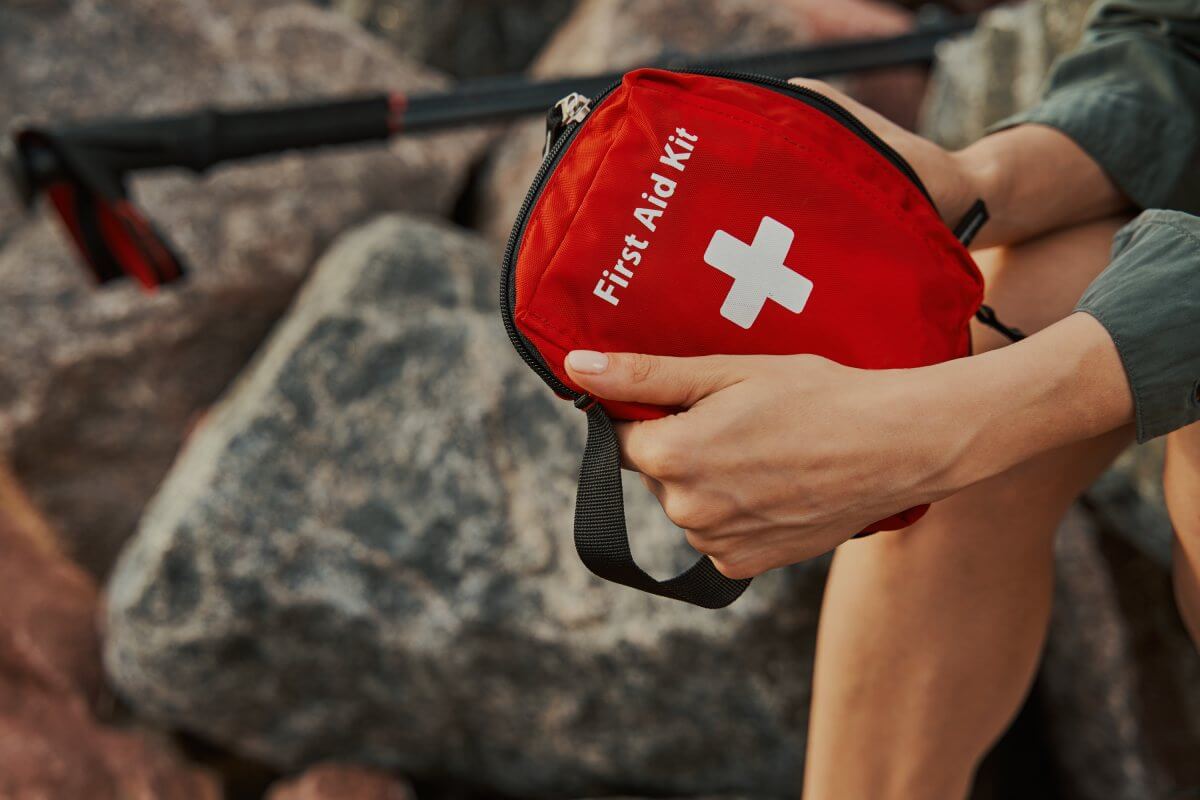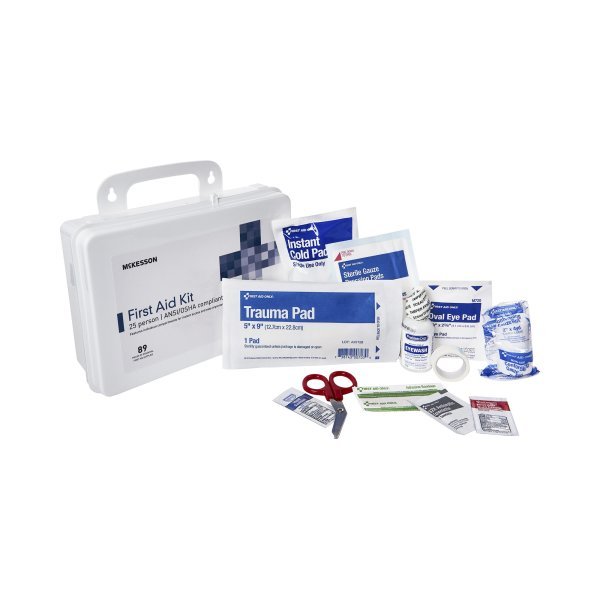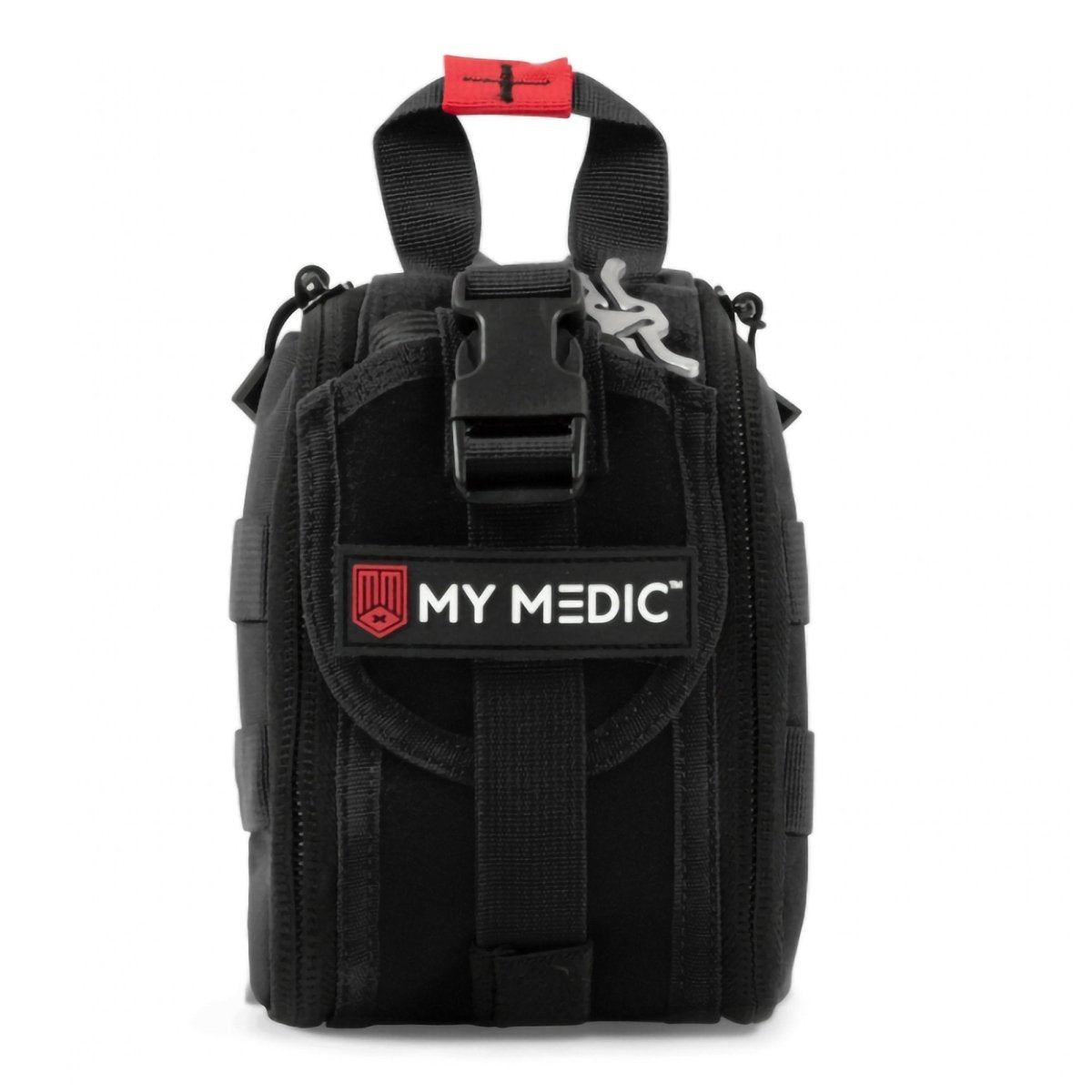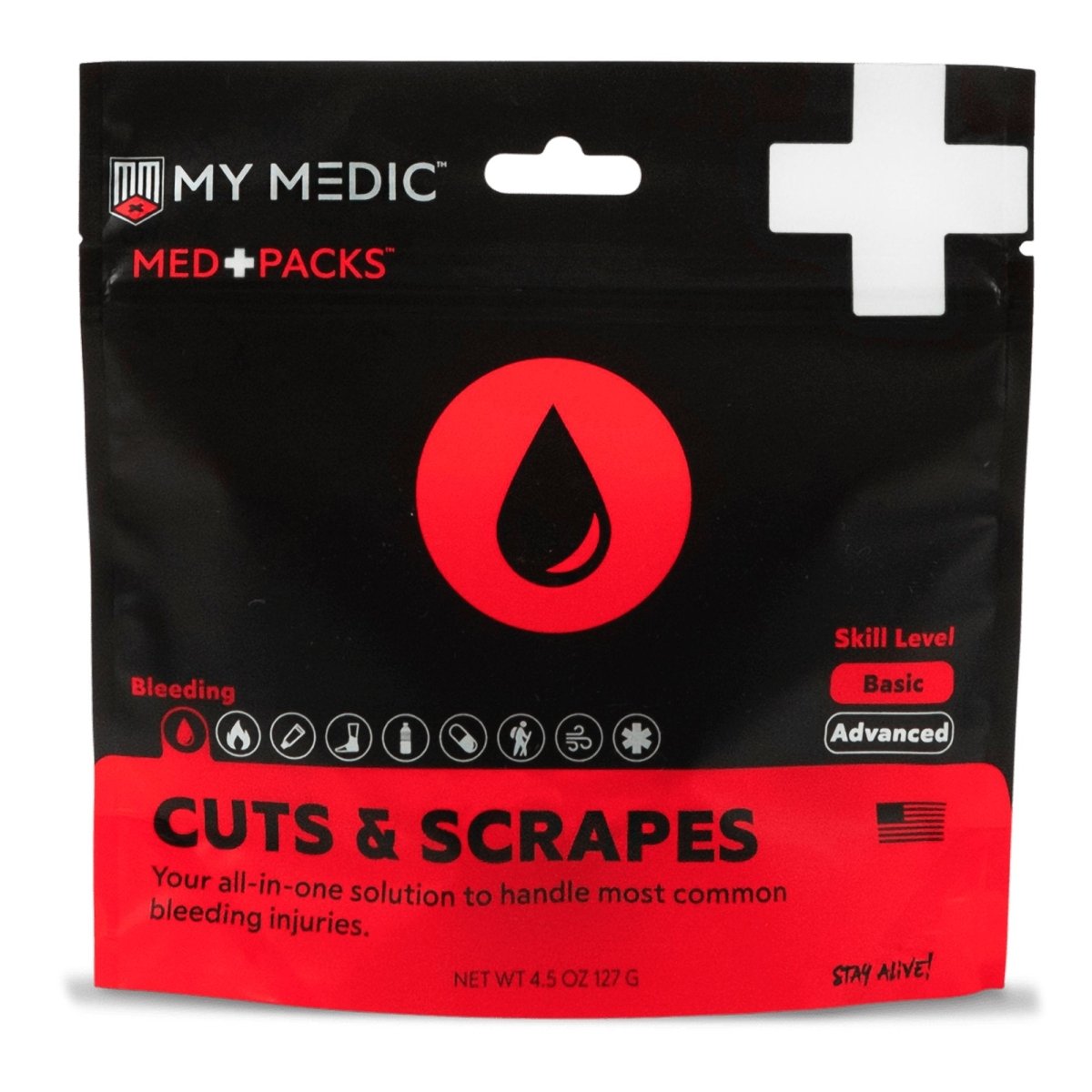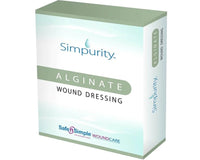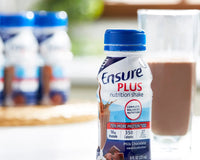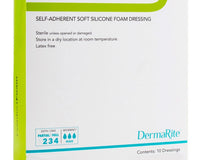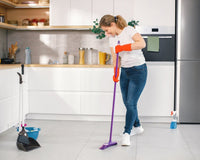Having a well-equipped first aid kit at home is essential to ensure preparedness for medical emergencies. This comprehensive guide will help you understand the factors to consider when selecting the right first aid kit for your home.
Assessing Your Needs:
Evaluate potential risks and hazards in your home environment: Identify potential risks such as sharp objects, household chemicals, or slippery surfaces.
Consider the size and composition of your household: Take into account the number of family members and their ages to determine the quantity and type of supplies needed.
Assess any specific medical conditions or requirements: If any household member has specific medical needs, such as allergies or chronic illnesses, consider including relevant supplies in the kit.
Understanding First Aid Kit Components:
It is important to be familiar with the basic items that should be included in a first aid kit. These typically include adhesive bandages, sterile gauze, adhesive tape, antiseptic solution, scissors, tweezers, and disposable gloves. Additionally, consider including items such as a thermometer, pain relievers, and a first aid manual. Customize your kit based on your family's needs.
Determining the Right Size and Type:
Consider the number of people in your household: Larger households may require larger kits or multiple kits to ensure sufficient supplies for everyone.
Assess the intended use of the first aid kit: Determine whether you need a basic kit for minor injuries or a more advanced kit for more serious medical emergencies.
Choose between pre-packaged kits or building your own: Pre-packaged kits are convenient, but building your own allows for customization and tailoring to your specific needs.
Checking for Quality and Certifications:
Understand standards and certifications for first aid kits: Look for kits that meet recognized industry standards such as ANSI (American National Standards Institute) or OSHA (Occupational Safety and Health Administration).
Check for FDA or equivalent certifications: Ensure that the kit meets quality and safety standards set by regulatory authorities.
Ensure the kit meets your quality expectations: Read reviews and check product ratings to ensure the first aid kit is reliable and durable.
Considerations for Storage and Accessibility:
Select a suitable storage location: Choose a cool, dry, and easily accessible location for your first aid kit, away from direct sunlight and potential hazards.
Ensure ease of access during emergencies: Make sure the kit is easily accessible to everyone in the household, including children and older adults.
Properly organize and label the first aid kit: Categorize items and label them clearly for quick identification and easy restocking.
Maintaining and Replenishing Supplies:
Regularly check expiration dates of items: Periodically inspect your first aid kit to ensure all supplies are within their expiration dates.
Replenish used or expired supplies promptly: Replace used or expired items as soon as possible to ensure the kit remains well-stocked.
Keep a record of supplies and expiration dates: Maintain a list of the items in your first aid kit and their expiration dates for easy tracking and restocking.
Choosing the right first aid kit for your home is crucial for ensuring the safety and well-being of your loved ones during medical emergencies. By assessing your needs, understanding kit components, and considering factors like size, type, quality, and storage, you can create a well-stocked and reliable first aid kit that meets your household's specific requirements. Stay prepared and be ready to provide immediate care when it matters most.

